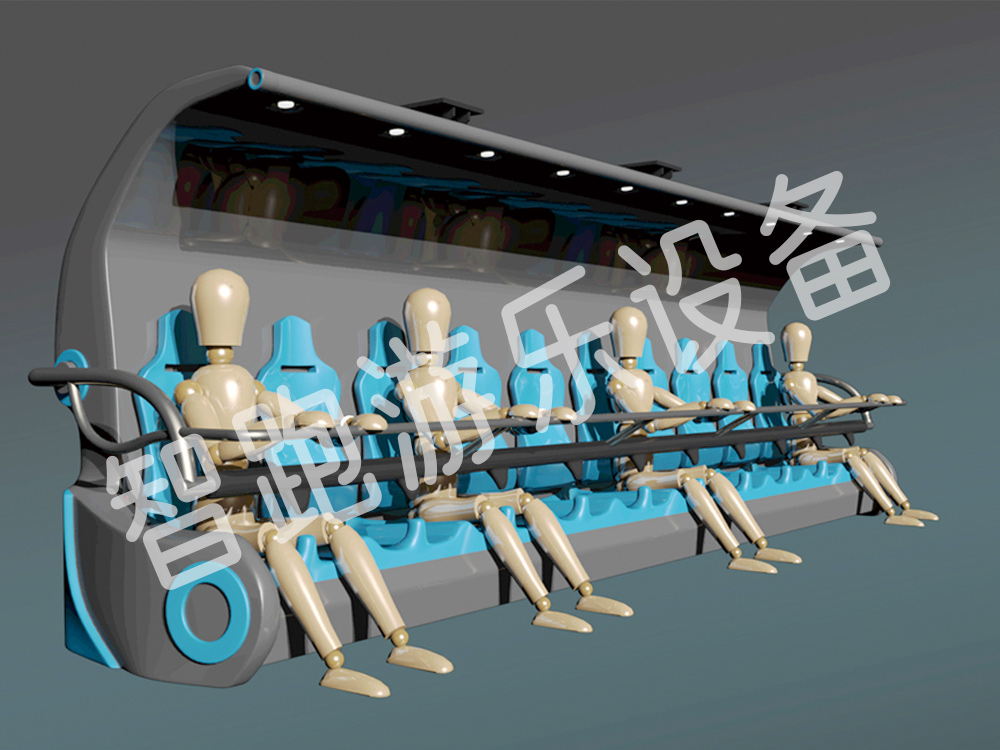Innovations in Roller Coaster Design and Engineering Techniques for Thrilling Experiences
The Art and Science of Roller Coaster Engineering
Roller coasters have fascinated thrill-seekers and engineers alike for decades, combining artistry, physics, and engineering to create exhilarating experiences. The process of roller coaster design is a meticulous blend of creativity and technical precision, where every curve, drop, and twist is engineered to evoke excitement while ensuring safety.
At the heart of roller coaster engineering lies the principles of physics, particularly the concepts of gravity, friction, and inertia. Engineers must calculate optimal heights and angles to achieve thrilling drops and sharp turns while maintaining structural integrity. The design begins with computer-aided design (CAD) software, where engineers create detailed blueprints of the coaster's layout. These models help visualize the ride's flow and identify potential challenges before construction begins.
One of the key elements of a successful roller coaster is its track. Modern coasters are often made from high-strength steel or wood, each material offering a different ride experience. Steel coasters tend to provide smoother rides with the possibility for inversions and extreme elements, while wooden coasters are celebrated for their classic feel and unique vibrations. Engineers must determine the appropriate material based on the intended design, rider experience, and maintenance considerations.
roller coaster engineering

Safety is paramount in roller coaster engineering. Every ride is subjected to rigorous safety standards and testing procedures. From the initial design phase through to construction and operation, engineers conduct exhaustive simulations to predict performance and identify potential failures. This includes testing the ride’s response to various load conditions, such as the weight of riders and environmental factors. Additionally, safety features such as seat belts, harnesses, and emergency brakes are meticulously designed and tested.
Another captivating aspect of roller coasters is their theming. Designers often collaborate with creative artists to integrate themes that enhance the overall experience, from storytelling elements to visual spectacles. This artistic dimension adds a layer of immersion for riders, making roller coasters not just rides, but thrilling adventures.
In conclusion, the engineering of roller coasters is a dynamic interplay of physics, creativity, and stringent safety protocols. It transforms simple concepts of movement and gravity into unforgettable experiences that keep riders coming back for more. As technology advances, the future of roller coaster design promises even more exciting innovations, ensuring that the thrill of the ride will continue to captivate generations to come.
-
Top Amusement Equipment Manufacturer Rock n Roller Coaster & Carousel ManufacturerJun.10,2025
-
World's Scariest Roller Coaster Experience Ultimate Thrill & HeightJun.10,2025
-
Ultimate Thrill Ride Roller Coaster High-Speed, Safe AdventureMay.30,2025
-
Carousel Mansfield Rides Premium Indoor & Event SolutionsMay.30,2025
-
T3 Roller Coaster High-Thrill, Safe Ride for Theme Parks & ResortsMay.30,2025
-
Roller Coaster Cart Design Custom-Built & High-Safety Thrill Ride VehiclesMay.30,2025
